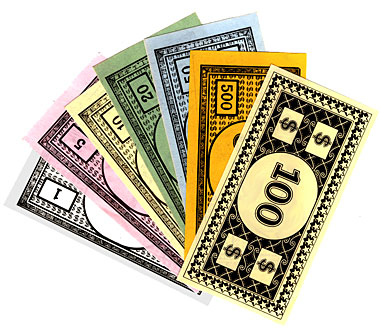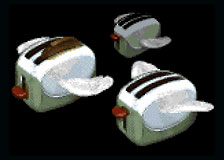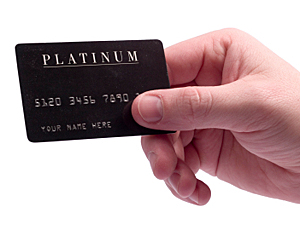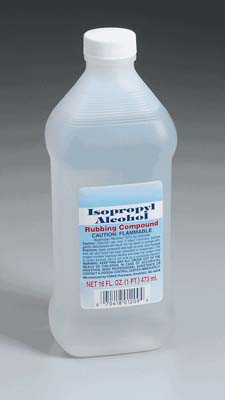
From Dr. Weil.com
Just over 11 years ago, on Aug. 4, 1997, Jeanne Calment died at age 122. Born Feb. 21, 1875, the lifelong resident of Arles, France, was the oldest person who ever lived whose birth date was reliably confirmed.
Her quick wit, lifetime of exercise (she rode a bicycle until she was 100), and cheerful disposition - “I will die laughing,” she once said - all played a part in her longevity, but two of her dietary habits stand out: She reportedly ate nearly two pounds of chocolate a week, and was “devoted” to port wine.
I do not recommend eating so much chocolate (the caloric load could lead to obesity in many people), nor do I suggest “devoting” yourself to serious wine-drinking. But I will say that Dr. Weil’s Anti-Inflammatory Food Pyramid is, I believe, the only food pyramid in wide circulation that includes both chocolate and red wine as health-promoting, antioxidant-rich food sources. I make no promises that these additions to an optimal diet will result in such remarkable longevity for everyone, but in moderation they are indeed healthy, and will possibly make a long life more enjoyable as well!












 OK, so it may not be breath-freshening, but garlic can do some pretty important things. The herb lowers blood pressure and cholesterol and inhibits blood clotting. It's also a powerful germicide and may protect against some carcinogens.
OK, so it may not be breath-freshening, but garlic can do some pretty important things. The herb lowers blood pressure and cholesterol and inhibits blood clotting. It's also a powerful germicide and may protect against some carcinogens.

.jpg)
 Our great-grandmothers knew the joy of fleeting foods.
Our great-grandmothers knew the joy of fleeting foods. A Newswise press release says rosemary, a member of the mint family and a popular seasoning on its own, also has benefits as a cancer prevention agent.
A Newswise press release says rosemary, a member of the mint family and a popular seasoning on its own, also has benefits as a cancer prevention agent. I'm a security-minded person and waste irritates me. So, those credit card soliciations that already have my name and other information printed on them make me nuts -- they are a waste of paper and ink, not to mention a drag on the mail system and potential for identity thieves.
I'm a security-minded person and waste irritates me. So, those credit card soliciations that already have my name and other information printed on them make me nuts -- they are a waste of paper and ink, not to mention a drag on the mail system and potential for identity thieves.
 It's just not natural to be as desk-bound as some of us find ourselves during the day. Luckily, there are some great guides to
It's just not natural to be as desk-bound as some of us find ourselves during the day. Luckily, there are some great guides to 
 Ah, the wonders of alcohol! ... No, not that kind -- rubbing alcohol.
Ah, the wonders of alcohol! ... No, not that kind -- rubbing alcohol. Just because something is labeled "natural" doesn't mean it's good. After all, arsenic is "natural."
Just because something is labeled "natural" doesn't mean it's good. After all, arsenic is "natural." 








 Have you been using olive oil only for food? Tsk-tsk - great-grandma knew better.
Have you been using olive oil only for food? Tsk-tsk - great-grandma knew better.
 Great-grandmother may have lived in the age of crank-started
Great-grandmother may have lived in the age of crank-started 
 I love Tuesdays because the New York Times runs its excellent Science section.
I love Tuesdays because the New York Times runs its excellent Science section.






 Personally, I love my Pyrex (pictured). I use the glass tubs to store most leftovers. There are plastic caps to put on when I take the tubs someplace (like when I take lunch to work), but at least the food doesn’t come into contact with the plastic.
Personally, I love my Pyrex (pictured). I use the glass tubs to store most leftovers. There are plastic caps to put on when I take the tubs someplace (like when I take lunch to work), but at least the food doesn’t come into contact with the plastic.

 Have you ever noticed that some people, if you ask them if they are hungry, will look at their watches? "It's 11:30 and lunch isn't until noon," they'll say, bellies grumbling. Or, "It's 4 o'clock - too soon for dinner."
Have you ever noticed that some people, if you ask them if they are hungry, will look at their watches? "It's 11:30 and lunch isn't until noon," they'll say, bellies grumbling. Or, "It's 4 o'clock - too soon for dinner."